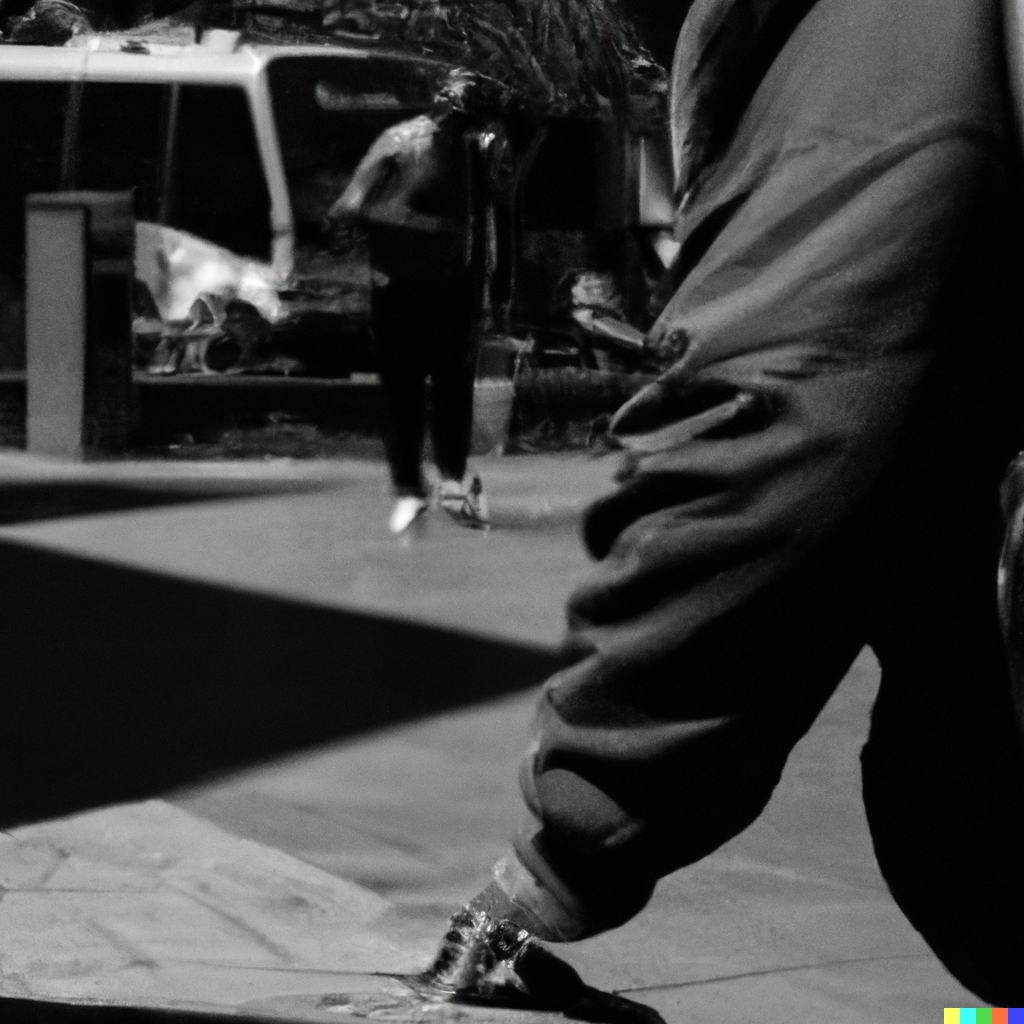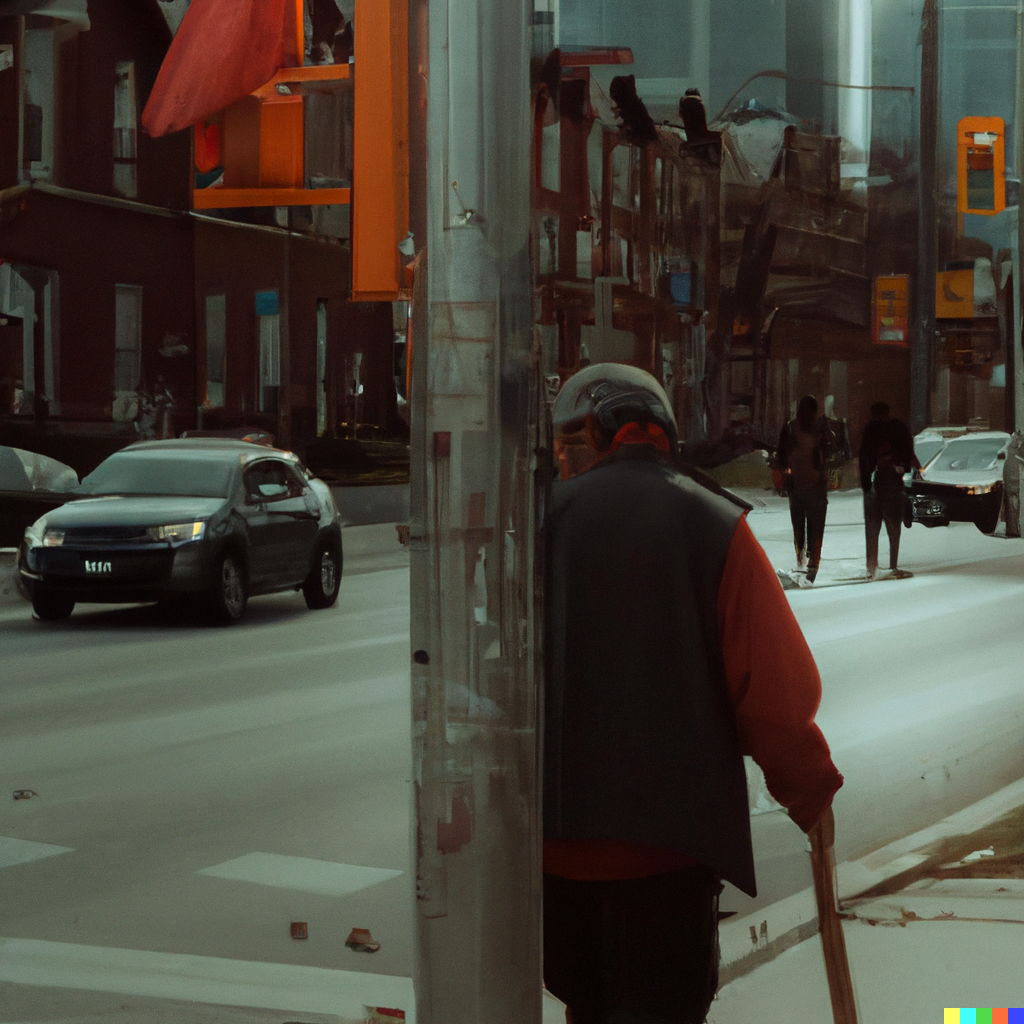this article was written (mostly) using artificial intelligence. and it doesn’t suck.
Images in this article were created using Open AI’s DALL·E 2 system.
The use of artificial intelligence (AI) in visual art has been a huge source of contention recently, for the questions it raises about the role of the artist in the creative process, as well as the authenticity of the art being produced. Many argue that AI-generated art lacks the personal touch and creativity of human-made art, and as a result of this can’t be considered true art. Others claim that AI-generated art represents a new form of creativity and that artists can use AI as a tool to enhance their work. As both a visual creative and someone with an penchant of technology, I’m currently on the fence as to where I stand. Ultimately, the debate surrounding the use of AI in art reflects larger societal concerns about the impact of technology on culture and the role of humans in a rapidly changing world.
In recent years, the capabilities of AI have rapidly expanded, allowing it to perform tasks that were once thought to be the exclusive domain of humans. After the public release of Open AI’s beta project ChatGPT, the reality of just how intuitive (and almost human in response) this software is really hit home for me. So I decided to test just how “human“ it could be in it’s responses. In this article, we explore the concept of AI-generated content, and how it is being used to create articles, stories, and other written works. I’ll share with you a short excerpt titled Street Photography as a Social Practice which was entirely generated by AI after a vague command line was entered into the software. As a nerd with a healthy respect for technology and the consequences of playing in a sandbox we’ve got no business being in (Sarah Connor did warn us after all), this both fascinates and terrifies me. I discuss the potential benefits and drawbacks of this technology toward the end of this article, and hope you’ll give this software a try while considering the ethical implications of using AI to create written content.
So, without further ado, I present to you an article that has been entirely written by an AI…. that doesn’t suck.
Street photography has undergone significant changes since the rise of social media platforms like Instagram. In the past, street photography was seen as a niche practice, with photographers often working anonymously to document the lives of everyday people without their consent. However, the rise of platforms like Instagram has led to a democratization of the medium, with anyone now able to share their own observations and experiences with a global audience.
One of the key ways in which street photography has evolved as a social practice is in terms of its inclusivity and diversity. In the past, street photography was often associated with a certain type of outsider perspective, with photographers documenting the lives of marginalized or disadvantaged communities. However, the rise of social media has led to a broader range of voices and perspectives being represented in street photography. Now, anyone with a smartphone can take and share photographs of their surroundings, giving rise to a more diverse range of perspectives and experiences within the genre.
Additionally, the rise of social media has also changed the way that street photographers interact with their subjects. In the past, street photography was often seen as a solitary practice, with photographers working anonymously to capture candid moments without engaging with their subjects. However, the rise of platforms like Instagram has facilitated a more collaborative and interactive approach to street photography. Now, photographers are able to connect with their subjects and even work together on projects, leading to a more inclusive and participatory approach to the genre.
Furthermore, the rise of social media has also led to a shift in the way that street photography is consumed. In the past, street photography was primarily exhibited in galleries and print publications, with a relatively small audience able to access and engage with the medium. However, the rise of platforms like Instagram has led to a democratization of the medium, with a much wider audience now able to access and engage with street photography. This has led to a significant increase in the popularity of street photography, with many photographers now able to build up a large following online and even earn a living from their work.
Overall, the rise of social media has had a profound impact on the practice of street photography. It has led to a more inclusive and collaborative approach to the genre, as well as a shift in the way that street photography is consumed and shared. The rise of platforms like Instagram has facilitated the emergence of a new generation of street photographers, with a broader range of voices and perspectives now being represented in the medium.
Overall this was an interesting, albeit brief and somewhat underwhelming learning experience. The use of AI to generate written content has the potential to revolutionize the way we create and consume information. On the positive side, it can save time and resources by automating the writing process, and it has the potential to produce high-quality content that is free of errors and bias. However, that does depend on the level of human intervention in moderating the software and setting limitation (if any). With that said, there are some valid concerns about the ethical implications of using AI to create content, as well as the potential for it to displace human writers and undermine the value of their work.
Ultimately, the decision to use AI to generate written content should be made with care and consideration, taking into account both the potential benefits and potential drawbacks. Given certain limitations there is something to be said about the automation of some processes in daily life, but where are those limitations set, and by who? And, the tech nerd in me begs the question, in time will it become self aware and set a course of events in motion that will eventually wipe out humanity? Who know. For now, this was a cool experiment.











